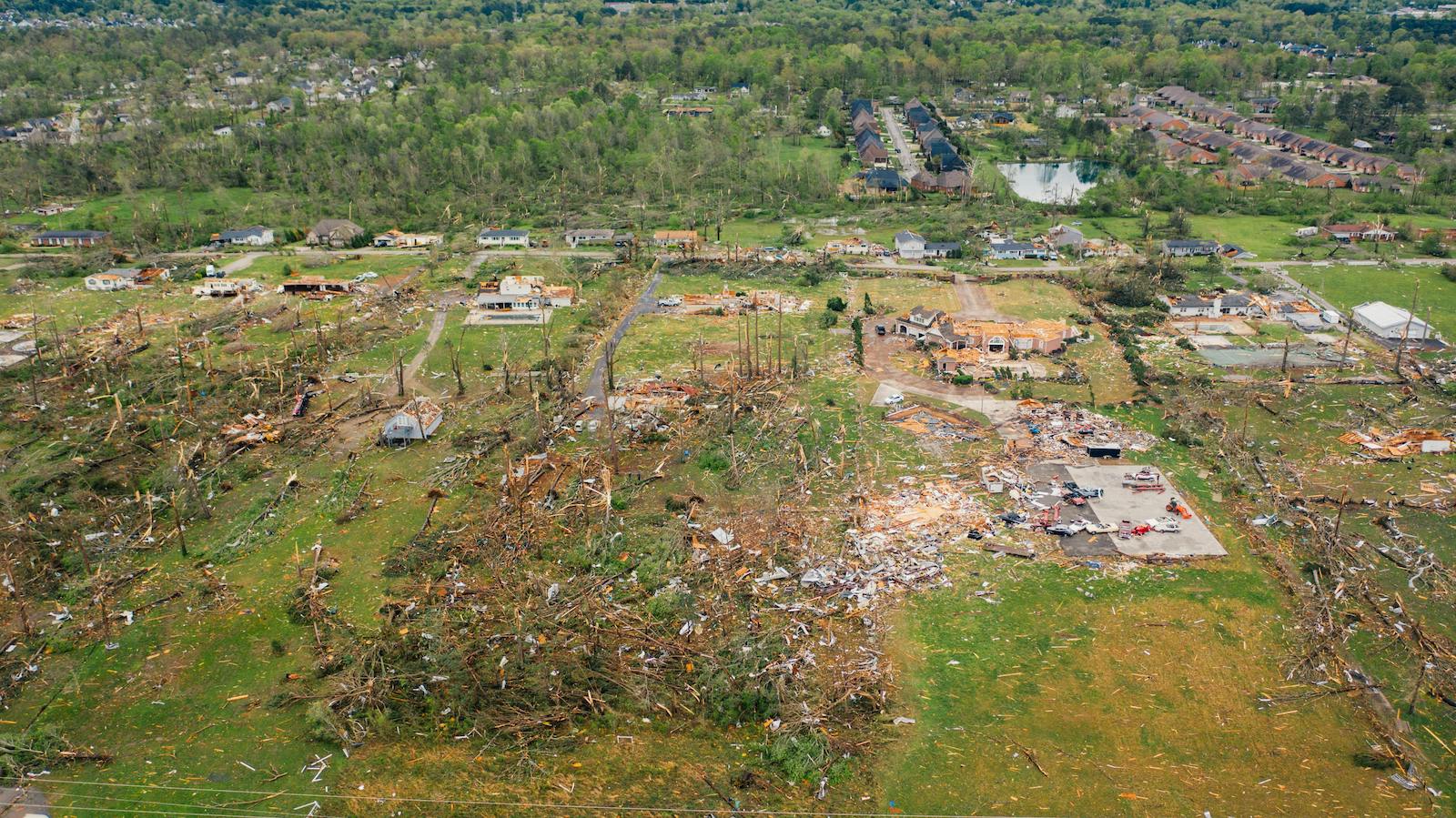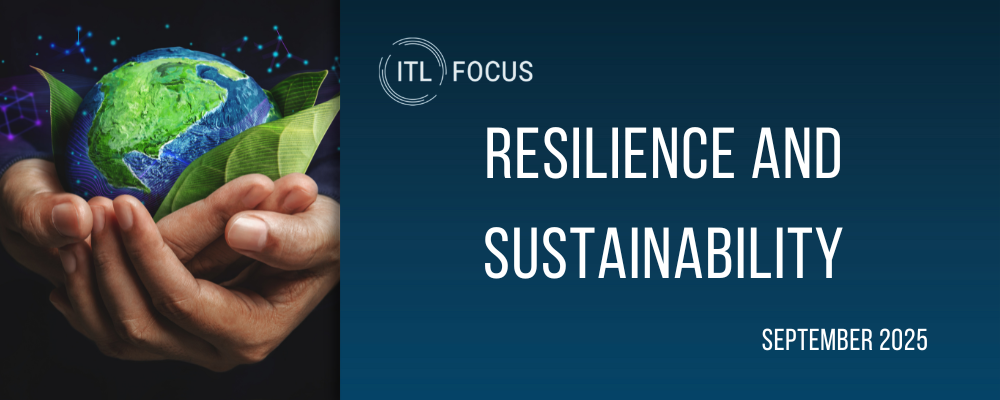The devastating impact of natural disasters is felt by millions of people across the globe each year. Census Bureau data from the U.S. revealed that, in 2022, natural disasters caused long-term displacement of homeowners, with Louisiana and Florida being among the worst affected states. The aftermath of natural disasters creates a gap between the risks homeowners face and the coverage that insurers can provide. However, technology-driven climate insurance can play a significant role in addressing this gap, empowering insurers to pivot strategies, modernize legacy applications and deliver vital products that minimize coverage gaps with speed and efficiency.
Insurers often face the challenge of understanding and mitigating risks associated with climate change. By leveraging data and insights from disasters in previous years, insurers can adjust their strategies to better serve their customers. Technologies such as artificial intelligence (AI) and blockchain can enhance customer experiences and help insurers modernize their legacy applications.
One area where technology can play a critical role is in delivering superior products at a superior price. Data analysis of past disasters and the resulting damages can help insurers to better understand the accompanying risks to such events and design more efficient products. Data-driven insights can also help insurers to price their products more competitively to make them more accessible to homeowners in high-risk areas.
A recent report by Aon on catastrophe events in 2021 highlighted the significant losses incurred due to natural disasters. The report emphasized the need for insurance companies to prioritize climate change mitigation and adaptation measures to better serve their customers. Natural climate catastrophes contributed to $313 billion in global damages last year, only 42% of which ($132 billion) was covered by insurance programs, leaving a 58% coverage gap ($181 billion). The smart use of technology can not only help insurers to better understand the risks associated with climate change but also deliver innovative and cost-effective solutions to their customers that chip away at the global coverage gap.
One example is the use of AI in risk assessment. AI algorithms can analyze vast amounts of data to identify potential risks and alert insurers to take preventive measures. For instance, AI can help insurers identify high-risk areas prone to natural disasters and alert homeowners in these areas to take necessary precautions. This can not only minimize damages but also save lives.
In addition to identifying potential risks and alerting insurers, AI can be used to automate underwriting processes. By using AI algorithms to analyze data from various sources, insurers can make more accurate underwriting decisions and minimize the time and costs associated with the process. AI can help insurers determine appropriate premiums, evaluate risk factors and provide customized coverage options for policyholders tailored to their particular needs. Additionally, AI-powered underwriting can help insurers identify market opportunities and develop innovative insurance products tailored to specific customer needs.
Blockchain is another technology that can invigorate the insurance industry. Blockchains can provide a transparent and secure platform for insurers to share data and verify claims, reducing the time and costs associated with claims processing. Moreover, insurers can use blockchain to minimize fraud and ensure that payouts reach legitimate policyholders.
See also: The Way to Address Climate Change
Parametric insurance can be especially beneficial in underserved markets, where traditional insurance coverage may be scarce. Due to the predetermined criteria for payouts, parametric insurance can reduce the time and costs associated with claims processing, enabling quicker payouts to policyholders. This is particularly important in areas where natural disasters are frequent and the need for rapid recovery is paramount. By providing a more accessible and affordable insurance solution, parametric insurance can help close the coverage gaps in underserved markets and provide homeowners with the financial protection they need during times of crisis.
AI, blockchain, and machine learning are critical technologies that can support the implementation of parametric insurance. Insurers can better understand the risks associated with natural disasters by leveraging AI and machine learning algorithms to gauge potential damage and adjust parametric insurance products to ensure that payouts are triggered when necessary. The immutable nature of blockchains ensures that data is tamper-proof, and policyholders can trust that their claims will be processed accurately and efficiently. The combination of these technologies provides a robust framework for implementing parametric insurance, reducing coverage gaps and ensuring that homeowners in underserved markets have access to the financial protection they need.
In addition to leveraging technology to improve climate insurance, there is also an opportunity to explore non-traditional sources of risk capacity. As natural disasters become more frequent and severe, traditional insurance providers may face limitations in their capacity to absorb risk. However, there are alternative sources of risk capacity, such as capital markets and public-private partnerships, that can provide additional resources to ensure homeowners in affected states have access to climate insurance products. Through diversifying risk capacity sources, insurers can better serve their customers, minimize coverage gaps and mitigate the financial impact of natural disasters on homeowners.
As natural disasters continue to pose significant risks, it is essential for insurers to prioritize climate change mitigation and adaptation measures, and technology can play a crucial role in achieving this.








